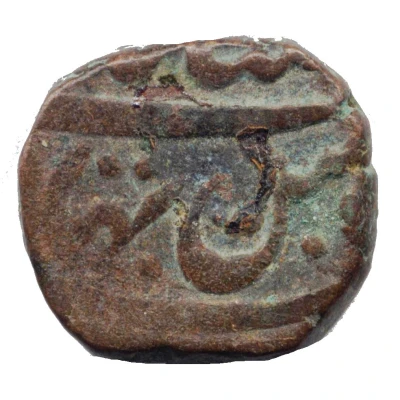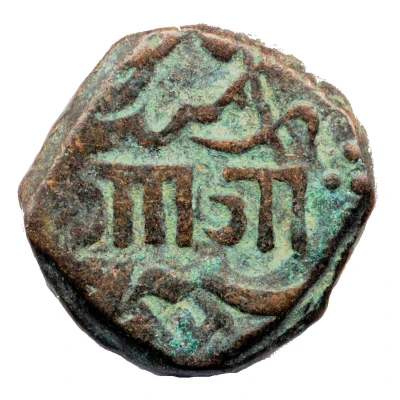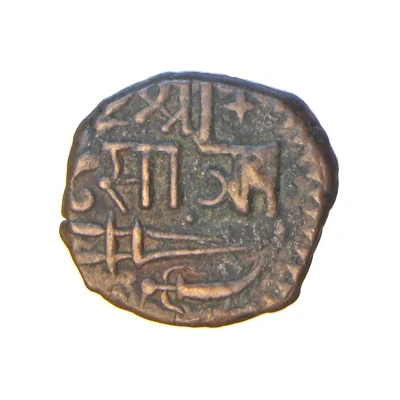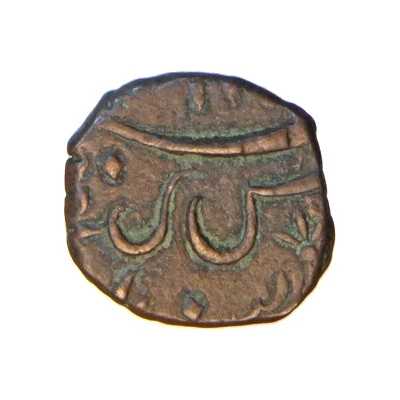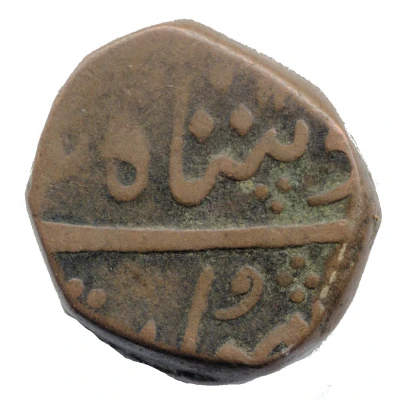
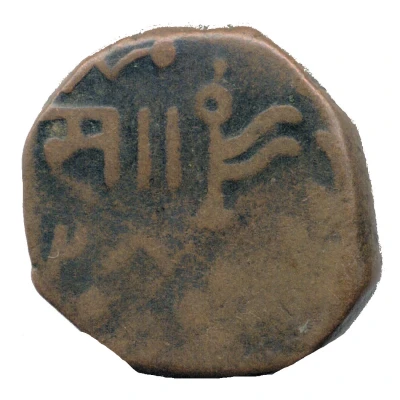

© Noël
1 Paisa - Sayaji Rao II
| Copper | 10.4 g | 21.0 mm |
| Issuer | Princely state of Baroda (Indian princely states) |
|---|---|
| Type | Standard circulation coin |
| Years | 1234-1248 (1819-1833) |
| Calendar | Islamic (Hijri) |
| Value | 1 Paisa (1⁄64) |
| Currency | Rupee |
| Composition | Copper |
| Weight | 10.4 g |
| Diameter | 21.0 mm |
| Thickness | 4.07 mm |
| Shape | Round (irregular) |
| Demonetized | Yes |
| Updated | 2024-10-05 |
| Numista | N#71166 |
|---|---|
| Rarity index | 88% |
Reverse
RY 28, flag
Lettering: ٢٨
Translation: 28
Edge
Plain
Comment
Sayajirao II, Maharaja of Baroda, born 3 May 1800, reigned from 1819, died 28 December 1847.The Gaikwads rule of Baroda began when the Maratha general Pilaii Rao Gaekwad conquered the city from the Mughal Empire in 1721. The Gaikwads were granted the city as a fief by the Peshwa. the defacto leader of the Maratha empire. The leader Damaji rao Gaikwad fought along with Sadashivrao Bhau, Srimat Vishwas Rao, Malhar Rao Holker, Jayappa & Mahadji Shinde in the Third War of Panipat. After the central rule of the Peshwas was weakened following the defeat at the hands of the Afghans at the Third Battle of Panipat in 1761, the Gaikwads, along with several powerful Maratha clans, established themselves as virtually independent rulers of the further regions of the empire, while recognizing the nominal authority of the Peshwas and suzerainty of the
Bhonsle Maharaja of Satara.
Interesting fact
The 1 Paisa coin from the Princely state of Baroda, issued during the reign of Sayaji Rao II (1819-1833), features a unique blend of Indian and European influences in its design. The obverse side of the coin bears the image of the king, while the reverse side features a depiction of a lion, which was a common motif in the princely state's coinage. This coin is a rare and valuable collector's item, providing a glimpse into the rich cultural heritage of the Princely state of Baroda during the 19th century.
